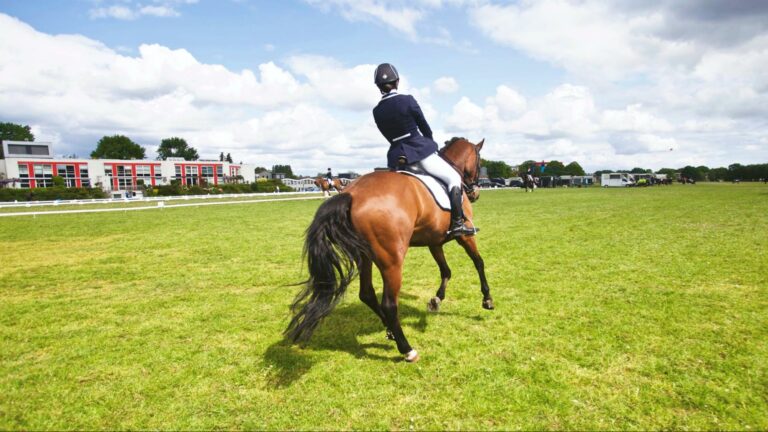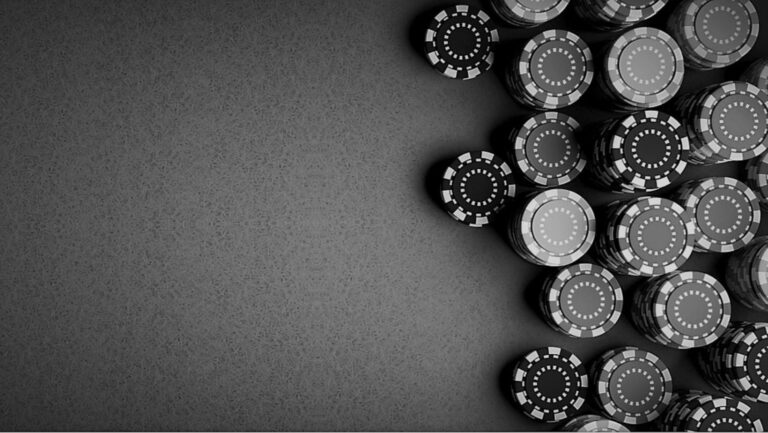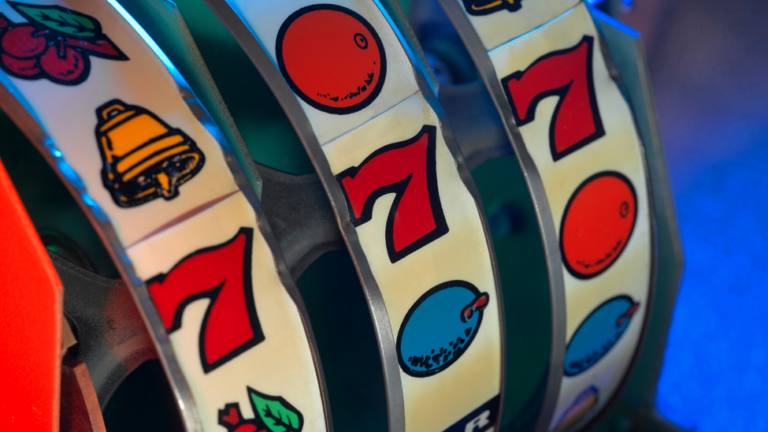Even though horse racing dates back thousands of years and looks pretty much the same compared to its beginnings, the sport advanced in many different ways. Technology probably had the biggest impact on the sport, making it more reliable, sustainable, safe, precise, and entertaining.
Back in the day, jockeys didn’t have much to rely on. They just had to get on the horse and do their best to squeeze every bit of performance from the horse. Nowadays, things are different. As the world shifts towards AI and machine learning, data becomes quite an important resource.
Therefore, in horse racing, we’ve seen many new technologies that are designed to gather data both from the horse and the jockey in order to make the sport safer.
After all, horse racing is a dangerous sport for both the jockey and the horse. There were around 1.4 fatalities per 1,000 starts in horse racing in 2021, and far more back in the day. However, this number slowly goes down thanks to the introduction of new smart wearable technologies that jockeys and horses wear to measure their vital signs.
Data plays an important role in horse racing, no matter if you are a racehorse owner or a casual bettor on TwinSpires, it is crucial to know the condition of the horse and the jockey.
That’s why, in today’s article, we will take a look at some of the latest gadgets that changed the entire horse racing game.
Wearable Technology
Wearable technology has grown in popularity in recent years, and it has even made its way into horse racing. GPS trackers, heart rate monitors, and other sensors that offer real-time data on the horse’s performance are examples of horse racing wearable technology.
This data may be used to identify areas for improvement and assist trainers in optimizing their horses’ training and racing, as well as potentially detecting health concerns and other well-being issues at an early stage.
Sensors and Data Analytics
Sensors and data analytics are two of the most fascinating developments. Data analytics is the collection and analysis of huge amounts of data in order to generate insights and assist in making better decisions. Everyone, from those wishing to gamble on Grand National horses to those looking to train and ride the horses, needs knowledge.

These analytics can assist in optimizing training regimens, spot health issues early, and make smarter judgments about which races to participate in. Wearable technology and biometric measuring instruments can be used to monitor the animal’s vital signs and performance during training sessions and races.
This can assist a trainer in detecting any indicators of injury, weariness, or any other physical issue. As a result, they will be able to adapt their strategy and training schedules.
Then, there are biomechanical sensors, which can monitor the horse’s actions and offer data on stride length, gait, and general fitness levels. This information may also assist trainers in optimizing a training program, developing a better racing strategy, and ensuring that the horse is in peak physical condition for its races.
Types of Wearable Technologies
Sensors come in a variety of shapes and sizes, each serving a specific purpose.
The first is a heart rate monitor, which can track a horse’s cardiovascular fitness throughout a training session. Then, there are GPS trackers, which can monitor the horse’s pace and position during a competition.
These assessments offer various advantages for horses, including earlier diagnosis of potential health concerns, measuring training efficacy, and enhancing the horse’s health and well-being. It may imply that the horse receives adequate rest and rehabilitation, lowering the danger of overtraining and injury.
Furthermore, biometric measures can aid in tracking changes in a racehorse’s body composition.
During training, catapult Optimeye tracking devices between their shoulder blades. The Optimeye system, also known as a bio-analytics platform, is intended to monitor the so-called “training loads” imposed on players’ bodies by releasing “real-time data on accelerations, decelerations, changes of direction, and jumping (height and frequency).”
For years, runners have used wearable gadgets to measure distance, steps, calories, and other basic information. However, increasingly complex gadgets are flooding the market at an alarming rate. Tech Cocktail recently reported on Kinematix’s new Tune product, which claims to assess the running style and then prescribe a tailored training regimen meant to enhance exactly the motions and muscles required to address technical problems.
When it comes to the Optimeye and Tune devices, there is a growing consensus that greater insight into heart rate, stride length, muscle strain, and other bio-metrics during exercise allows both professional and recreational athletes to train more efficiently and prevent injuries.

“We have received exceptional feedback from E-Trakka users, E-Trakka has now recorded about 30,000 readings and amongst them are many case studies that show the value of monitoring the equine athlete “closer” than would usually be possible. Trainers are able to identify ability, fitness, lameness, and suitable race distances via the E-Trakka system.” – Said Andrew Stuart, a Horse Racing Wearable Technology Innovator.
Wearable technologies are also very important for horses and making sure that they are ready for a race. In recent tragic events, after 12 horses died at the Kentucky Derby in a month, where all of them wore gadgets, sparked many reactions about the reliability of these technologies.
However, it was proven that the wearable technology worked fine, and all horses got negative marks when checking their vitals, which meant that they weren’t prepared for the race.
This means that we still need time to adapt to these technologies and rely on them more in order to make the sport safer for all contenders.





